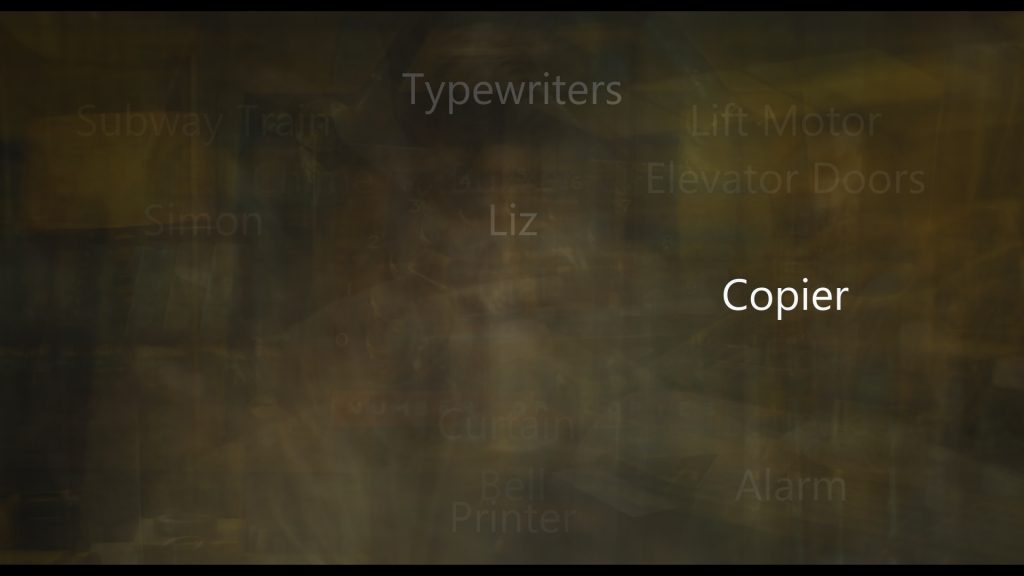B-Film Creative Practice Colloquium
I was lucky enough to be able to attend this brilliant event co-organised by Jemma Saunders, Nina Jones and Ella Wright at The University of Birmingham. Aside from some really interesting (and provocative) discussions about the precarity of being a practice based PGR we were also tasked with an audio-visual exercise during the afternoon session. The prompt was a 60 second clip from Underworld’s music video for Rez (chosen by Dr Richard Langley), and how we responded to it was entirely up to us. Below is my effort followed by a few thoughts on the process (Warning – first video does contain flashing images).
We had a few hours to tackle this but I’ll happily admit to wandering off almost immediately to have a look at the department’s Moviola (my first time seeing one in person).
When I did settle down to ‘work’ I ended up reflecting on the discussions we’d had that morning and I wanted my video to try and comment on those somehow. Questions about rigour, about written statements (this being one!), about the origins and precursors of what we (some of us) call videographic criticism, and also about the limits of what we might consider scholarship. So this is, in the end, a product of that thinking.
I’ve left the music track untouched and replaced the visuals with edits from Michael Snow’s 1971 film La Région centrale. The footage is sped up about 3000% with the colour inverted to better match the original visuals and feed into a 90’s VJ aesthetic. But I also wanted to try and replicate a little of what Snow did with the soundtrack of his film which is entirely composed of the computer tones being fed to the motion control camera he used to shoot the footage. In my video I try to imagine how Underworld’s ‘computer tones’ might have directed Snow’s camera (and what chaos might have ensued!)
On the train home from the colloquium I realised there was another angle on this; taking the Underworld track, slowing it down, and putting it under Snow’s film (see below). The music track is at 1% original speed and I was enjoying it so much I ended up letting it run for 3 minutes. Thanks to all at B-Film for a great day (follow them on Twitter)


